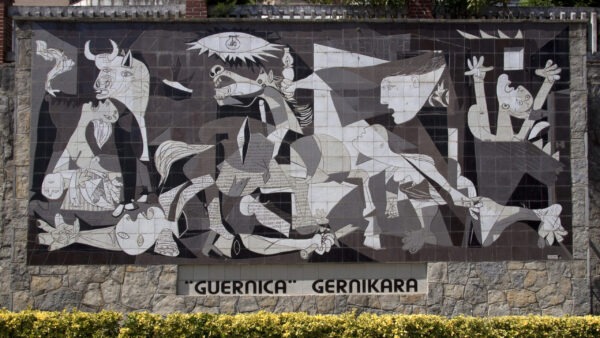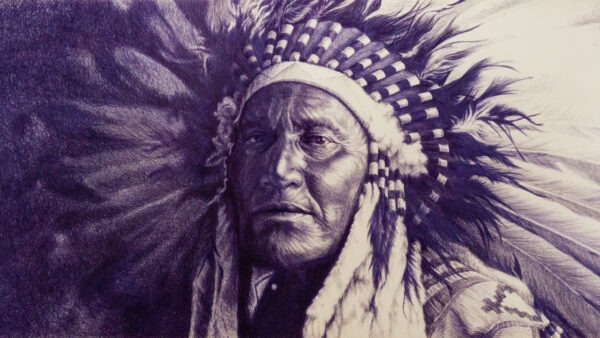Europe 1946 – To truly grasp the complexity of Europe’s 1946 geopolitical landscape, let’s delve beyond the headlines and explore some of the deeper currents that shaped the continent

The Shadow of Occupation
Beyond the Iron Curtain, Western Europe also grappled with the realities of Allied occupation. While American aid brought much-needed relief, resentment simmered beneath the surface in countries like France and Germany. The presence of foreign troops served as a constant reminder of national humiliation and fueled desires for autonomy. This tension between gratitude and independence would play a significant role in shaping Western European politics in the years to come.
The Struggle for Democracy
The war dealt a severe blow to democracy in Europe. While Western powers championed its restoration, the reality was more nuanced. In Italy, for example, the Christian Democrats emerged as the dominant force, but their victory came at the cost of excluding communist and socialist parties. In Greece, a bloody civil war raged between communist partisans and the royalist government, backed by Britain. Eastern Europe, under Soviet control, witnessed the swift suppression of democratic aspirations and the imposition of communist regimes. These diverse experiences with democracy in the aftermath of war would contribute to the continent’s political heterogeneity in the years ahead.
Economic Divergence
The Marshall Plan, while undeniably successful in reviving West German and Western European economies, further accentuated the divide with the East. Soviet autarky and centralized planning kept Eastern economies lagging behind, creating disparities in living standards and fueling discontent among their citizens. This economic divergence contributed to the Cold War’s ideological standoff and laid the groundwork for future East-West tensions.
The Refugee Crisis – Europe 1946
Europe in 1946 grappled with a massive refugee crisis, estimated to involve millions displaced by war, ethnic cleansing, and political upheaval. Millions of Germans fled Soviet and Polish advances, while others were internally displaced in the newly reconfigured borders. Eastern Europeans escaping communist regimes sought refuge in the West. This mass movement of people presented immense humanitarian challenges and exacerbated political tensions, both within and between nations.
The Remaking of Borders
The aftermath of war saw a dramatic redrawing of Europe’s map. Germany was divided, Poland and Czechoslovakia shifted westward, and new states like Yugoslavia and Albania emerged. While these changes aimed to address historical grievances and prevent future conflicts, they also created new minorities and border disputes that would plague the continent for decades to come.
The Rise of Nationalism
Amidst the ruins of war, nationalist sentiments resurfaced in various forms. In France and Italy, a yearning for pre-war greatness fueled political movements. In Eastern Europe, nationalist ideologies were manipulated by communist regimes to solidify their control. While regional and pan-European movements also gained traction, the specter of nationalism remained a potent force with potentially destabilizing consequences.
The Seeds of Change
Despite the prevailing sense of division and uncertainty, 1946 also witnessed the sowing of seeds for a more integrated and peaceful Europe. The nascent Council of Europe, formed in 1949, aimed to foster cooperation on social, cultural, and legal matters. The concept of European unity, championed by figures like Churchill and Robert Schuman, gained momentum, paving the way for future initiatives like the European Coal and Steel Community in 1951.
Europe’s 1946 geopolitical landscape was far from static. It was a tapestry woven with threads of grief and hope, division and unity, fear and resilience. By looking beyond the headlines and into the intricate realities of occupied nations, struggling democracies, diverse economic situations, and the human cost of displacement and border redrawing, we gain a deeper understanding of the forces that shaped Europe’s post-war trajectory. This nuanced perspective not only sheds light on the continent’s complex past but also offers valuable insights into the challenges and opportunities that continue to shape the European project in the present day.

Originally posted 2024-01-17 13:41:00.



